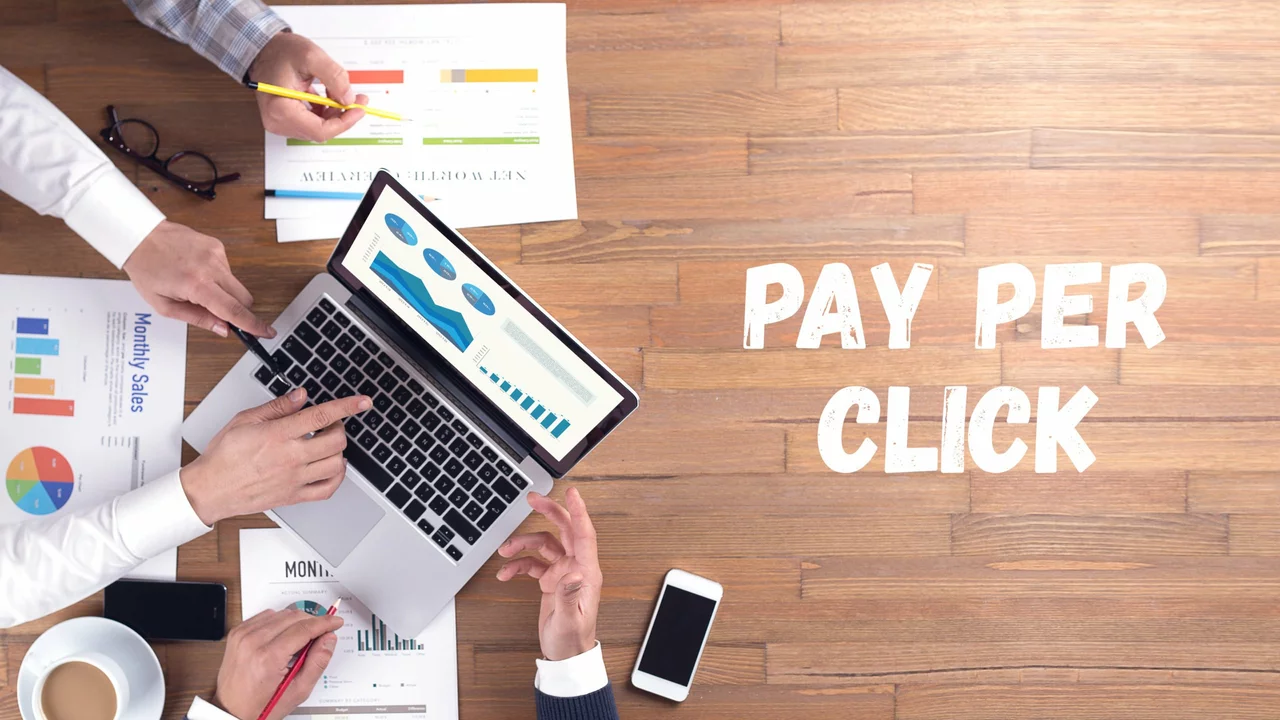Pay Per Click Basics: What You Need to Know
If you’ve ever seen an ad at the top of a Google search, you’ve experienced Pay Per Click, or PPC. It’s a way to buy clicks instead of hoping for free traffic. You pay only when someone actually clicks your ad, which makes it easy to control costs while testing ideas.
How PPC Works
First, you pick keywords that describe what you’re selling. When a user types those words, your ad can appear next to the organic results. Each time the user clicks, the search engine charges you a small fee—hence the name Pay Per Click. The amount you pay per click (CPC) depends on how many other advertisers target the same keywords and how good your ad quality is.
Second, you set a daily or monthly budget. The platform (Google Ads, Bing Ads, etc.) will stop showing your ad once the budget is reached. This prevents surprise bills and lets you scale up slowly as you learn what works.
Quick Tips to Get Started
Start Small. Begin with a modest budget—maybe $5‑$10 a day. Track which keywords bring the most clicks and which lead to real actions, like a purchase or sign‑up. Increase spending only on the best performers.
Write Clear Ad Copy. Your headline should match the user’s search intent. Include a benefit and a call‑to‑action, such as “Buy Now” or “Get a Free Quote.” The description line can add more detail, but keep it under 90 characters so it doesn’t get cut off.
Use Relevant Landing Pages. The page users land on after clicking must match the ad promise. If your ad promises a discount, the landing page should show that discount right away. Consistency boosts the quality score, which can lower your CPC.
Target the Right Audience. You can narrow down who sees your ads by location, device, time of day, and even interests. If you only serve ads to the places where you can actually deliver, you waste fewer clicks.
Monitor and Adjust. Check the campaign dashboard daily for the first week. Look at metrics like Click‑Through Rate (CTR) and Conversion Rate. If a keyword has a high CTR but low conversions, try a different landing page or ad copy.
Test Different Bids. Some platforms let you set bid adjustments for specific devices or locations. Raise bids for high‑performing segments and lower them for low‑performing ones. Small changes can improve overall ROI.
Remember, PPC isn’t a set‑and‑forget system. It’s an ongoing experiment where every click gives you data. Use that data to refine your keywords, ad copy, and landing pages. Over time you’ll see more clicks turn into real customers without blowing your budget.
By following these basics, you can launch a PPC campaign that drives traffic, generates leads, and grows your business—all while keeping costs under control.
What is pay per click, and how is it beneficial for businesses?
Hey there, folks! Ever heard of pay per click? It's like fishing in the digital ocean, but every fish you catch, you've got to pay for. It's a fascinating advertising model where businesses pay a small fee each time someone clicks on their ad. Sounds costly? Not really. This strategy is actually a clever way of buying visits to your site, rather than struggling to reel them in organically. So, it's like hiring a professional fisherman instead of waiting for fish to jump into your boat. And the best part? If your ad is good and relevant, the cost of the click gets balanced out by the value of the customer it brings. It's a win-win, you see! So, get your bait ready, the digital ocean is teeming with prospects.
Details +